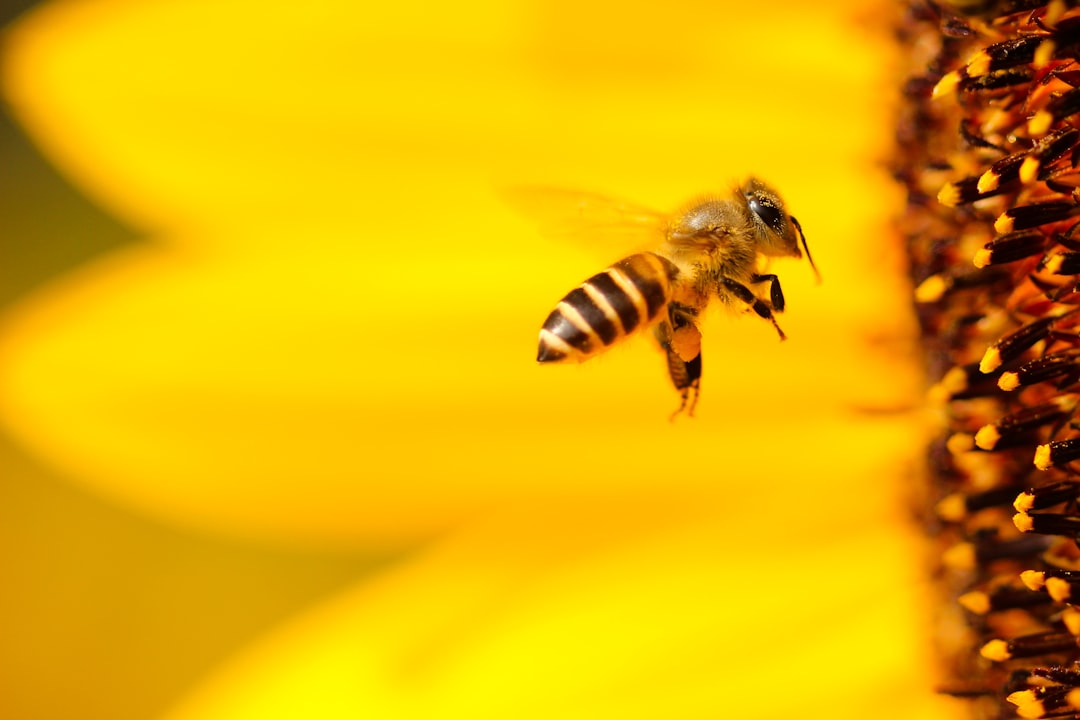What is it about?
The sewer American Cockroach is probably the best-known and most popular (infamous) insect in the world. The present report describes the temperature threshold for its eggs and embryos to develop and hatch, by placing cockroach egg capsules inside temperature chambers set to fixed temperatures at same humidity and air pressure conditions. Cockroach eggs will hatch with >80% efficiency at temperatures 25-30 degrees celsius, but will completely fail to hatch at temperatures below 16 and above 37 degrees celsius. These physiological limitations are discussed in face of storing cockroach eggs for use in lab rearing natural enemies of cockroaches -- parasitic wasps -- for biological control.
Featured Image

Photo by Aleksandar Cvetanovic on Unsplash
Why is it important?
Given that this insect species is a historical model of study of invertebrates, we were frankly flabbergasted by the fact that temperature limits for its embryonic development had not yet been experimentally defined. Thus said, the importance of this information is self-explanatory. Cockroaches are a serious pest around the world, and precise knowledge of the temperature limits for their lifecycle is therefore key to understand their field biology and designing efficient pest control strategies.
Perspectives
The main objective of our investigation was to set up a protocol in rearing cockroach-killing parasitic wasps. As a direct consequence of this paper we have deposited a patent (see related info) and designed an improved methodology for rearing the ensign wasps that prey on cockroach eggs. This is a direct application to biological control of urban pest roaches. We are confident entomologist colleagues will find further uses for this physiological information which is central to understanding the biology of cockroaches.
Dr Eduardo G P Fox
IBCCF / UFRJ
Read the Original
This page is a summary of: Thermal requirements for the embryonic development of Periplaneta americana (L.) (Dictyoptera: Blattidae) with potential application in mass-rearing of egg parasitoids, Biological Control, December 2008, Elsevier,
DOI: 10.1016/j.biocontrol.2008.09.001.
You can read the full text:
Resources
Deposited Patent [Portuguese] no. PI0203384-4 Método de resfriamento de estágio de desenvolvimento de inseto e aplicação do mesmo e processo de exposição da ooteca
A patent deposited in Brazil for using cold-killed egg embryos of sewer cockroaches in the lab production of cultured insect parasitoids for biological control.
The lifecycle of a cockroach-egg parasitic wasp
A video illustrating the intricate lifecycle of a wasp that hunts and feeds on cockroach egg capsules. Talk about Alien. This insect was the main object of the present study, although data mainly relates with the roaches.
Contributors
The following have contributed to this page










